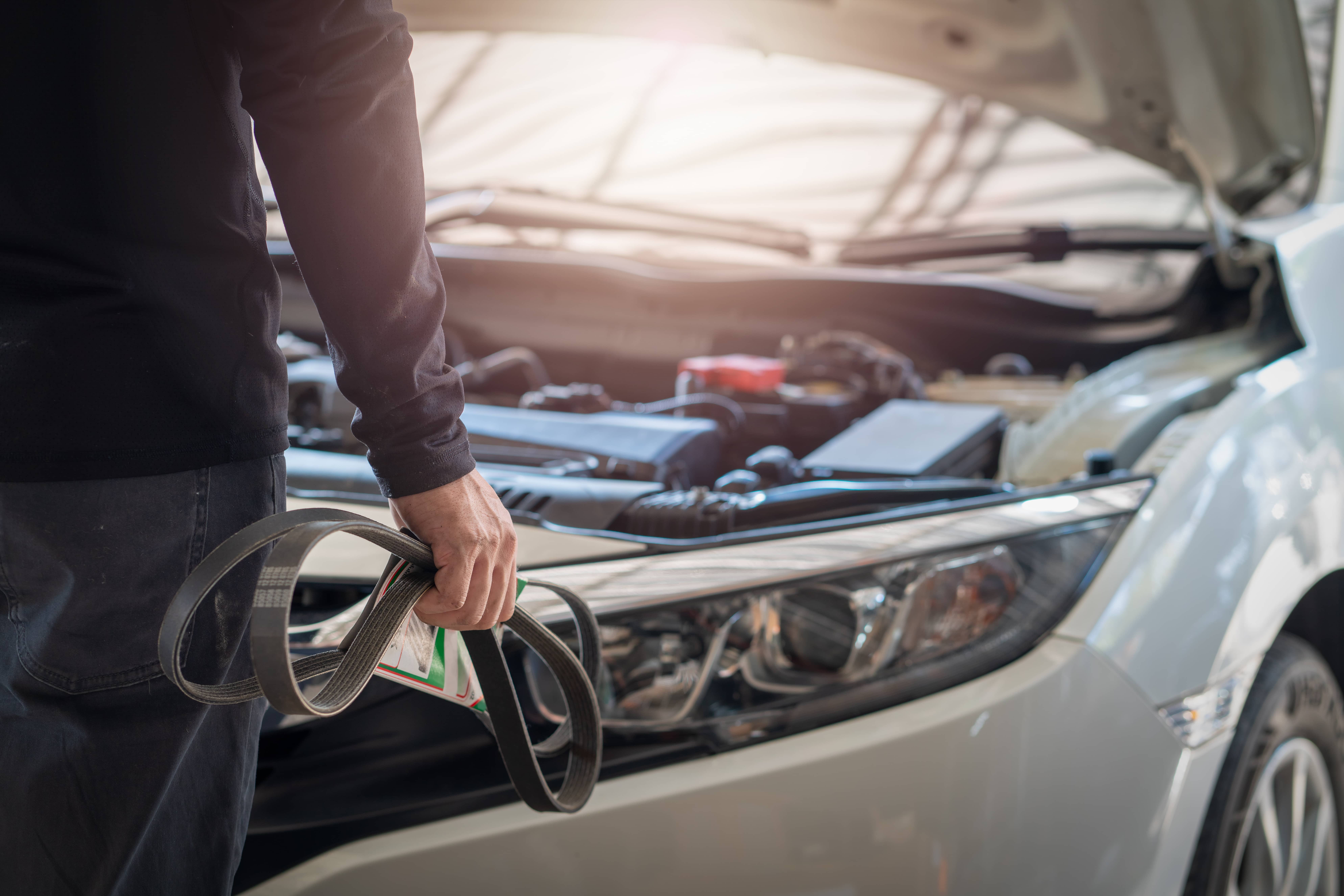Good car maintenance is important for safety, performance, and saving money in the long run. Regular servicing and passing your MOT test are key parts of this process. This guide covers the most important aspects of car maintenance, including when to service your car, what MOTs involve, and tips on keeping your vehicle in top shape.
When Should You Get Your Car Serviced?
Knowing when to service your car can make a big difference in its lifespan and reliability. Most manufacturers recommend servicing your car every 12 months or 12,000 miles, whichever comes first. However, this can vary depending on your car’s make and model. Some newer vehicles have service indicators on the dashboard that notify you when a service is due, taking the guesswork out of the process.
If you drive in challenging conditions, such as stop-start traffic, frequent short trips, or on rough roads, you may need to service your car more often. Regular servicing not only keeps your car running smoothly but also ensures that any minor issues are caught and fixed early, preventing expensive repairs.
What Happens If You Skip Servicing?
Skipping servicing might seem like an easy way to save money, but do you know what happens if you skip car servicing? It has the potential to lead to serious consequences over time. Routine checks and oil changes are essential for keeping your car’s engine and other components in good condition. Ignoring them can result in wear and tear going unnoticed, which could damage vital parts like the engine, brakes, or suspension.
A neglected car is also more likely to break down, potentially leaving you stranded and facing hefty repair bills. Beyond this, skipping a car service can make your car less fuel-efficient, leading to higher costs at the pump. Regular servicing is an investment in your car’s reliability and long-term value.
What Does An MOT Check Include?

An MOT test is a legal requirement in the UK for cars over three years old, ensuring your vehicle is safe to drive and meets environmental standards. But what does an MOT test check for? During the test, a mechanic will inspect key parts of your car, including the lights, tyres, brakes, exhaust, and suspension. They’ll also check safety features like seatbelts, mirrors, and the windscreen for any damage that could affect visibility or functionality.
While the MOT doesn’t cover the condition of your engine, clutch, or gearbox, it’s essential for keeping your car roadworthy. Failing an MOT means you cannot legally drive your car until the necessary faults are repaired and it passes a retest. Regular maintenance can reduce the risk of failure.
How To Prepare For Your MOT
Preparing for an MOT is always advisable. Planning ahead and preparing your car for its MOT test can improve the chances of passing on the first attempt, saving you time and money. Start by checking simple things like your lights, wipers, and tyres. Replace any bulbs that aren’t working and make sure your tyres meet the legal tread depth of at least 1.6mm across the central three-quarters of the tyre.
Clean your windscreen and ensure there are no cracks or chips that could affect visibility. Top up the washer fluid and check that your wiper blades are in good condition. Finally, make sure your number plates are clean and clearly visible. Dirty or damaged plates are a common reason for MOT failures.

When Should You Replace Your Cambelt?
Cambelt replacement is an important aspect of vehicle maintenance. The cambelt, also known as the timing belt, is a critical component of your car’s engine. It keeps the engine’s moving parts in sync, ensuring everything works as it should. If the cambelt fails, it can cause severe damage to the engine, often requiring costly repairs or even a full engine replacement. But when should you change your cambelt?
Most manufacturers recommend changing the cambelt every 60,000 to 100,000 miles or every five to ten years, depending on the specific model of your car. These details can usually be found in your car’s handbook. If you’re unsure, it’s always a good idea to consult a trusted mechanic. Replacing the cambelt on time is a small price to pay compared to the cost of repairs after a failure.
Repair & Maintenance Tips For Clutches
The clutch is another important part of your car that needs proper care to last longer. Therefore, properly maintaining and repairing your clutch is important. Over time, clutches wear out, especially if you drive frequently in heavy traffic or don’t use the clutch correctly. Signs of a failing clutch include difficulty changing gears, the clutch slipping when accelerating, or a burning smell during driving.
To help your clutch last longer, avoid riding it. This means keeping your foot partially on the pedal while driving—or holding it down unnecessarily at traffic lights. Try to use the clutch smoothly and only when needed. If you notice any signs of trouble, such as strange noises or reduced performance, get it checked by a professional as soon as possible. Early repairs can prevent the issue from worsening and help avoid costly replacements.
For Professional Car Maintenance & Garage Services Contact Mann Auto Services Today
Taking care of your car doesn’t have to be difficult. Regular servicing, timely repairs, and keeping up with your MOT requirements are straightforward ways to ensure your car remains reliable and safe. If you’re looking for expert help, contact Mann Auto Services today. From servicing to repairs and MOTs, we’re here to keep your car running at its best.



